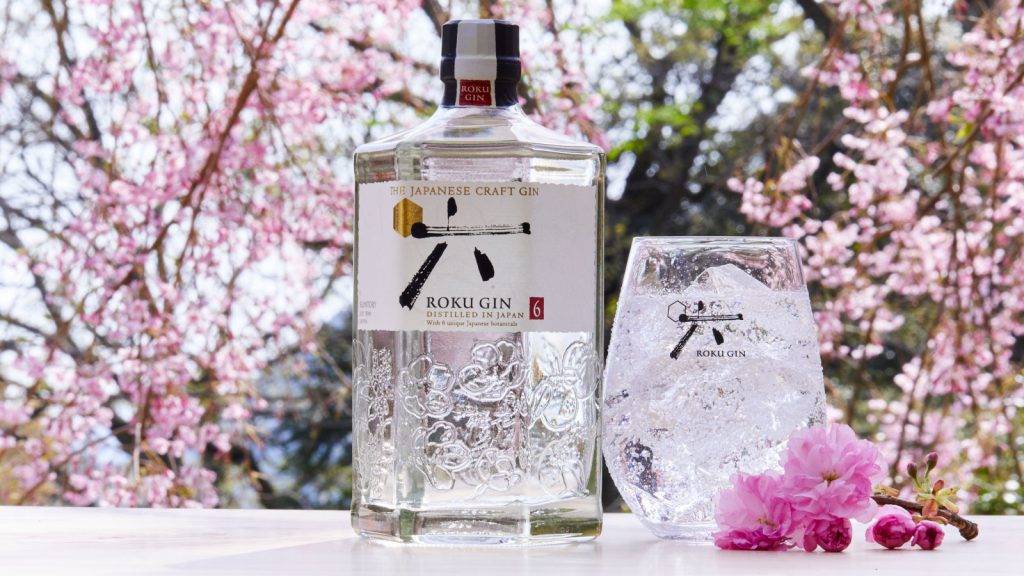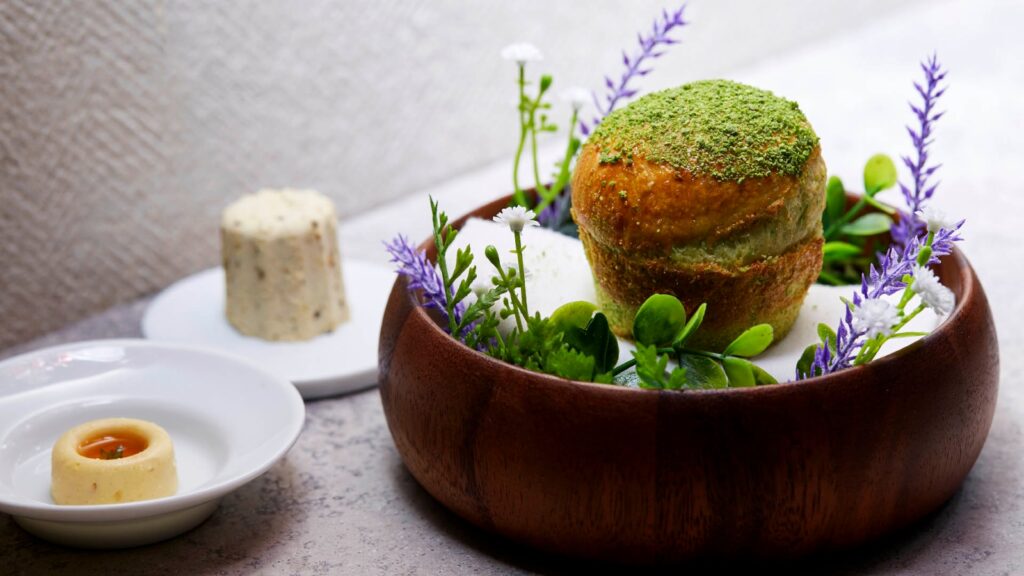Internationally, the Japanese company Suntory is probably best-known for its whiskies, such as the liquid gold of Yamazaki or Hibiki. The conglomerate is so much more than that, however, with many international brands under its wing (including Jim Beam and, say, Bowmore) and innumerable domestic food and beverage products. One such product that deserving the attention of drinks fans – especially those with a predilection for Japanese craftsmanship – is Suntory’s own gin, Roku.
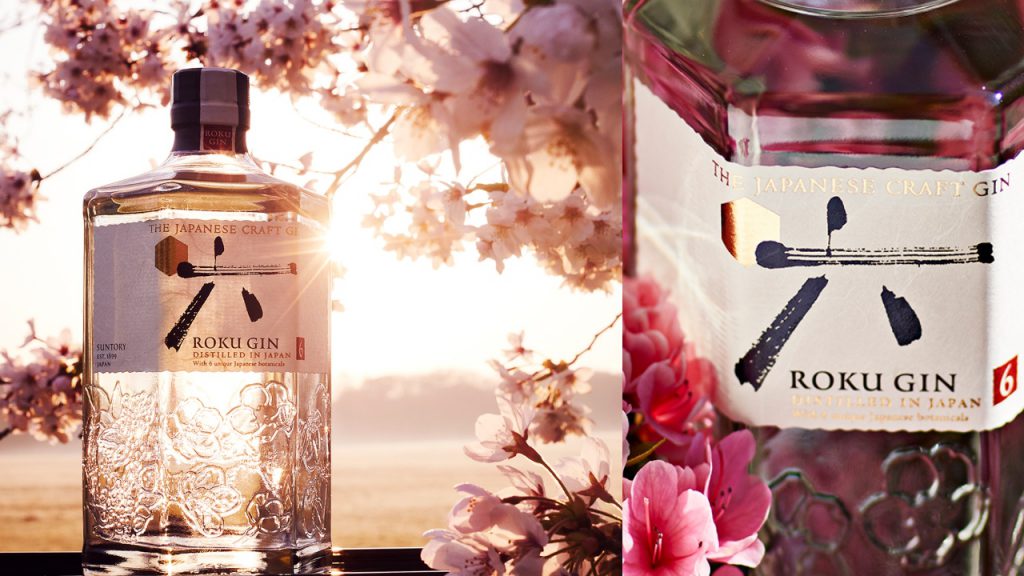
Suntory gin goes back a long way. The company’s ambitious founder, Torii Shoten, dabbled in many crafts in the early 20th century. The Yamazaki distillery, for example, opened in 1923. The first Suntory gin, known as Hermes, was launched in 1936. Roku hit the international market about eight decades later in 2017, at a time when gin’s resurgent popularity has made the gin scene rather crowded.
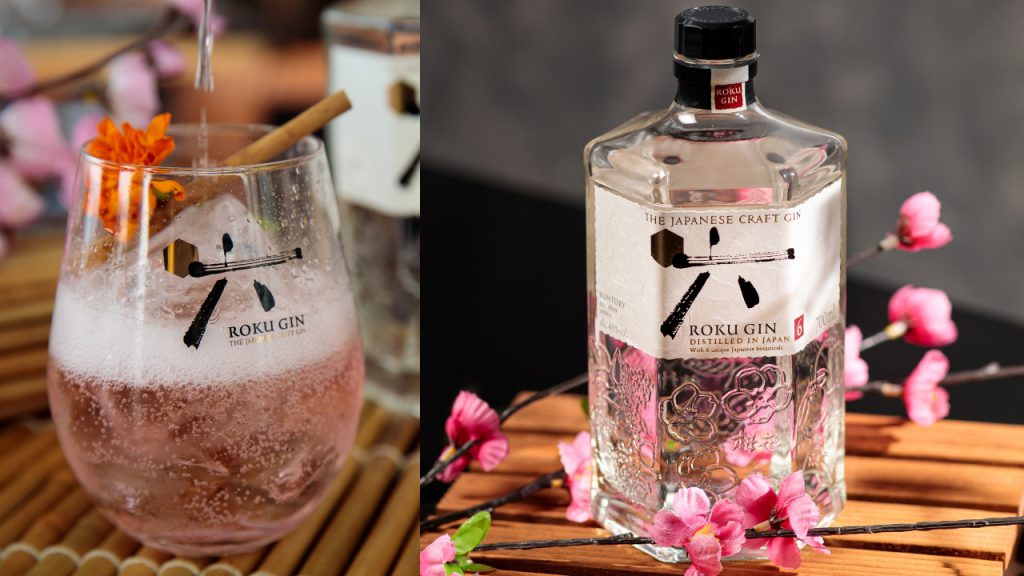
Roku’s contribution is based around six distinctly Japanese botanicals – which, by the way, is the reason for its name, as ‘roku’ in Japanese means six. They are harvested throughout all four seasons: Spring sees Sakura flower and Sakura leaf; summer brings about two types of green tea, Sencha and Gyokuro; autumn’s arrival proffers Sansho pepper; while winter’s providence is yuzu peel. Roku uses fourteen botanicals in total. It is manufactured at Suntory’s dedicated spirits facility in Osaka, the ‘Liquor Atelier,’ which has four different types of pot stills. In fact, each of the botanicals are separately distilled in different stills to best extract the relevant characteristics – for example, the Sakura cherry blossom is extracted via vacuum distillation in stainless steel pot stills, whereas the yuzu is distilled in copper pot stills. Suntory claims that this multiple distillation process is unique to Roku.
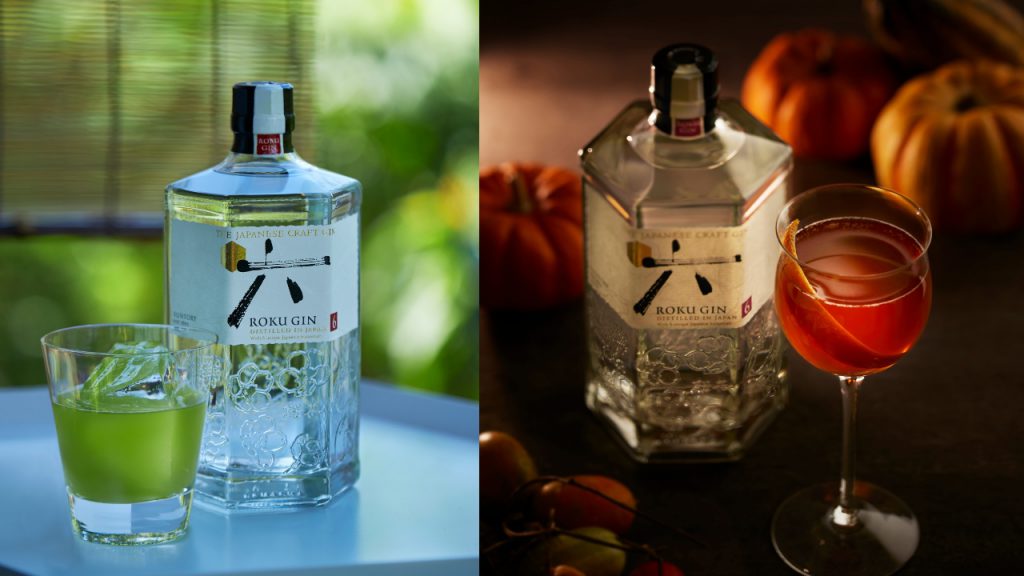
It should come as little surprise that the result is eminently balanced and thoughtful, and very easy to sip on its own. The nose is lightly sweet and floral, which must be the work of the Sakura blossom. On the palate, there is a sense of depth despite its accommodating nature – leafy tea offset by a brighter citrus top thanks to the yuzu. The finish is warm, with the gentle pepper lingering the longest. For cocktails, the recommended garnish for a gin and tonic or a martini is ginger, which adds a hint of heat and earthy flavour.
